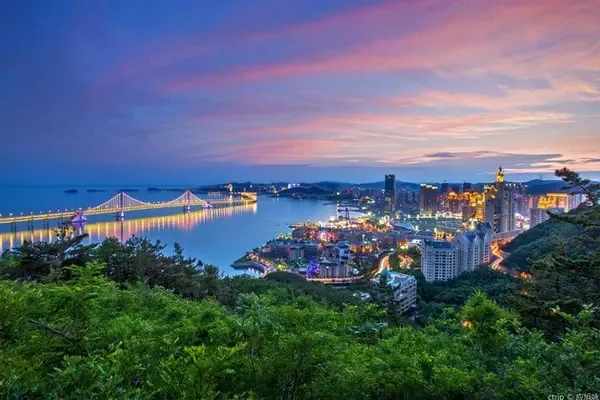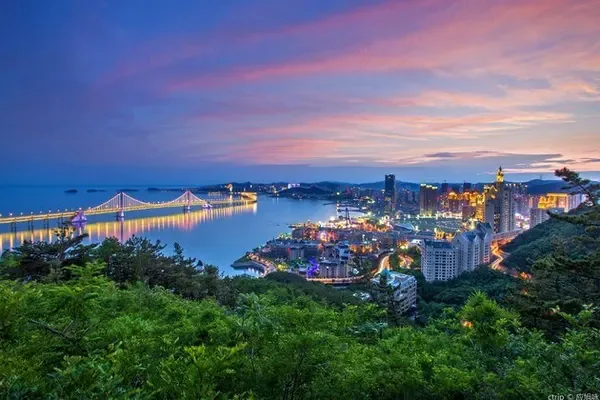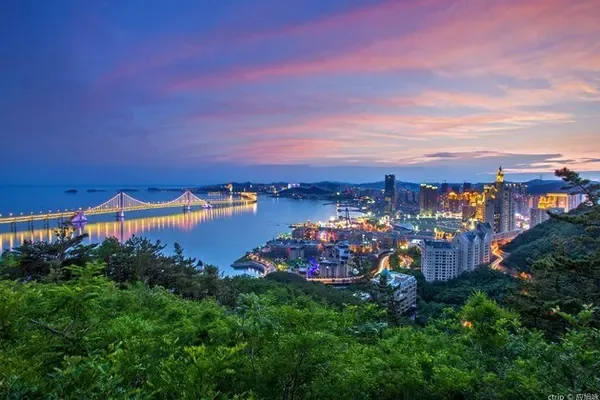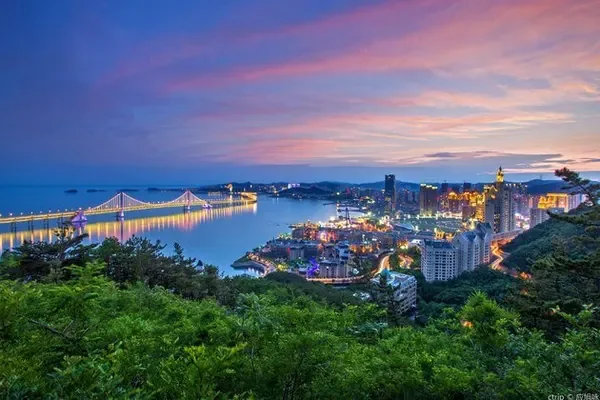1. Gobi Highway
On the northeastern edge of the Qaidam Basin, it borders the Qilian Mountains in the north and the Kunlun Mountains in the south, at an altitude of 2,900 meters.
A plateau mountain road runs from east to west, parallel to the Hexi Corridor, but it is far less famous than the Hexi Corridor.
This is the highway from Qinghai Lake to Delingha.


This is the buffer zone of the Gobi Desert, the road is straight, and there is almost no end in the Qaidam Basin against the wind.
When we first started on the road, there were still some alpine meadows along the way, which seemed to be the blessings sprinkled from the distant Qinghai Lake.
Qinghai Lake said, let me send you west, as far as I can.

The sky does not spare its blue color, letting the clouds flow freely around it;
The white clouds that seem to be plucked by reaching out have become a scene that often appears in many people's minds.
The sky is very blue and transparent, and the clouds are constantly being blown away by the wind, changing their appearance.


The Gobi is desolate, but it has a magnificent beauty.
The wheels are rolling, accompanied by the sound of sand and gravel being rolled up, and the cycle repeats.
Low shrubs and gullies formed by weathering, their existence is the mark left by time.


Seeing Gobi for the first time will give people a strong sense of excitement.
She has the lines of the sea and the spine of the mountains.
In the bleak wind, the traces on the surface are like the wrinkled face of an old woman;
She can see the end of the world, and the rivers and rivers are cut off.


But hours of constant sky, white clouds, roads, and mountains can get tiring.
When leaning on the car door and looking out the car window, the eyes will become empty and overwhelmed.
Here, everything freezes like a mirror, and the only thing that flows is time.


2. Keluke Lake and Tosu Lake
The branch road leads to Keluke Lake and Tuosu Lake.
They are one big and one small, one light and one salty, beautiful and peaceful.
Keluke Lake is Mongolian, which means "grassy achnatherum beach", and some people say it is "a place with lush water and grass".
Such a wilderness scenery, only a very small number of self-driving tourists will arrive here.


Legend has it that Tosu and Ke Luke were originally a couple. According to local customs, Ke Luke went to the tribal leader's house to propose marriage.
He hypocritically said that in order to test whether Ke Luke's lover Tosu is loyal to her, he must ask Tosu to go to a place called "Salt Lake" to carry back a bag of salt.
In order to become a family member with his sweetheart, Tuosu came to Yanze that night. The Yanze was far away and desolate. Before Tuosu could carry the salt back, he died of exhaustion on the road.



A kind wild goose brought the news of Tosu's death to Ke Luke. The grief-stricken Ke Luke decided to retrieve Tosu's body, but she was exhausted as soon as she reached the place where Tosu fell.
As a result, the remains of Tuosu and Ke Luke turned into two lakes, one salty and one fresh, and stayed together day and night in the Tara grassland in Huaitou.


3. Delingha
Delingha Alien Site is located on the south bank of Tuosu Lake.
The iron pipes discovered on the yellow-gray cliffs were born 30,000 years ago.
The mysterious substances in these pipes have not been able to find out what they are so far.
There is also the strange desert circle that suddenly appeared in the desert. I wonder if the poet Haizi spent an unforgettable night here 30 years ago?


The Delingha Labor Reform Farm used to be the largest labor reform farm in Qinghai in the 1950s.
Decades of reform-through-labour activities by felons have turned this place from a saline-alkali land into lush greenery, where food and trees have begun to grow, giving it a second spring.
However, the game between man and nature is still going on, and desertification and salinization of some land are still intensifying.
The ruts of earthmoving vehicles, the caves of rabbits and marmots, and the paw prints of small herbivores and carnivores coexist in this vast and desolate land full of treasures, criss-crossing and non-aggressive.


4. Night in the Gobi
The night in the Gobi Desert is a carnival of wind.
Sometimes the sad sounds are endless like the whimpering of wild animals, and sometimes flying sand and rocks are like ten thousand horses galloping, or the calm of the sea leaves a death-like emptiness.
We stayed in the tent all night without talking.


The next morning, we found wild sea buckthorn. In the Gobi, this is a berry that is present in abundance and replenishes moisture.
The lifespan of seabuckthorn can reach a hundred years. Due to the feeding and excretion of herbivores, there will be new plants next to it to continue its life.
Without human intervention, this piece of vegetation may be able to show what it looked like thousands of years ago.


Delingha, please forget me before sunrise, I will leave after all;
Gobi gives me inspiration, to live, to be a popular cloud, to fall, to become a miracle mountain.





